Two small producers with growing reputations tell us how they make their Malbecs.
Paso a Paso Wines
Agronomists and oenologists Norberto Páez and Sebastián Bisole have very different personalities but very similar convictions. They started making experimental, micro-fermentations in 2008 and enrolled in the INV (National Institute of Viticulture) in 2014, making Bonarda and Malbec wines in a garage.“We rented a neighbour’s garage in Godoy Cruz and we decided to have a particular process: we fermented in old barrels we reconstructed; we got a 100% Malbec, a 100% Bonarda and a 50% Malbec and 50% Bonarda. The production was around 700 bottles in total,” they recall.
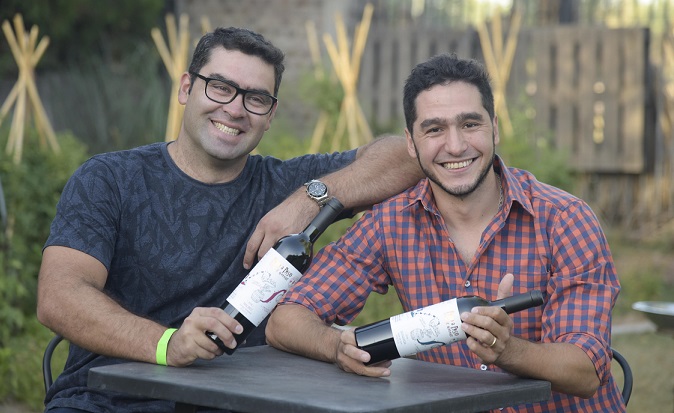
In 2017, they added three more wines:
- 2V2T – two varieties (Bonarda and Petit Verdot) from two terroirs;
- Las Criollas de Don Graciano – a white wine made from 50% Criolla Chica, 25% Moscatel Rosado, 20% Torrontes Sanjuanino, and 5% Pedro Ximenez;
- and Los Abandonados (The Forsaken), with the grapes for a Cabernet Franc varietal and a red blend comprising 50% Cabernet Sauvignon, 15% Cabernet Franc, 10% Petit Verdot, and 5% Merlot coming from abandoned vineyards.
“It is important to move forward ‘step by step’ (paso a paso),” they say.
The making of our Malbec
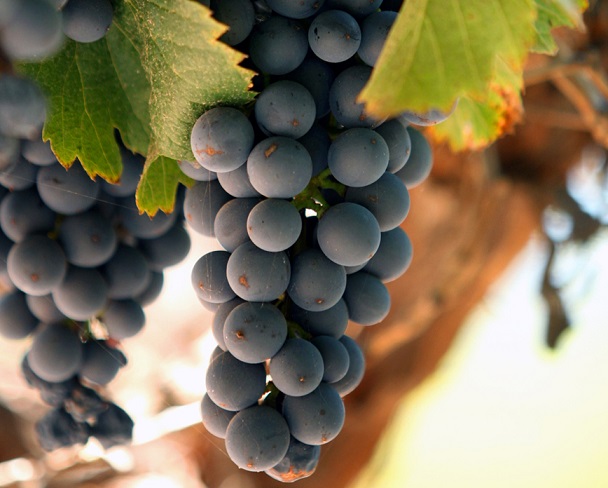
“Our Malbec changes every year as we like to play and have fun with this kind of process. The most important thing is that, although every year our Malbec is made differently with slight changes in the process, it always keeps the baseline, which allows the consumer to respect and be encouraged to have fun with us.
The first Malbec we did had the characteristics that came from a farm near Tunuyán. Our second Malbec was a blend of two different vintages. The third was a blend of different terroirs and the last one (2018) is from a single vineyard from Luján de Cuyo.
Here is how we made this Malbec.
The grapes were hand-harvested from the desert-like Perdriel vineyard into crates that hold 18kg of fruit. This allows the utmost care of the bunches. A small amount of grapes from each batch were fermented in small (20L) plastic containers in the vineyard, during the harvest process. This allows us to respect the terroir from the beginning.
Yield: 8.000 kg/ha.
Once the grapes enter the winery, they pass through a selection line of clusters and berries. Most are destemmed, the remainder (approximately 15%) are added as whole clusters. When crushing, we try to break the grapes as little as possible.
'The fermentation is carried out in a glass vat'The fermentation is carried out in a 10,000L cube-shaped glass vat (below), which has advantages over a traditional vat. The contact surface between the liquid and the solids is greater. Also, another advantage is that it allows us to see the area of the must in which we need to move the cap in a way that will have the most effect on the maceration and fermentation process. The disadvantage is the temperature control because it is very difficult to keep the temperature that we need.
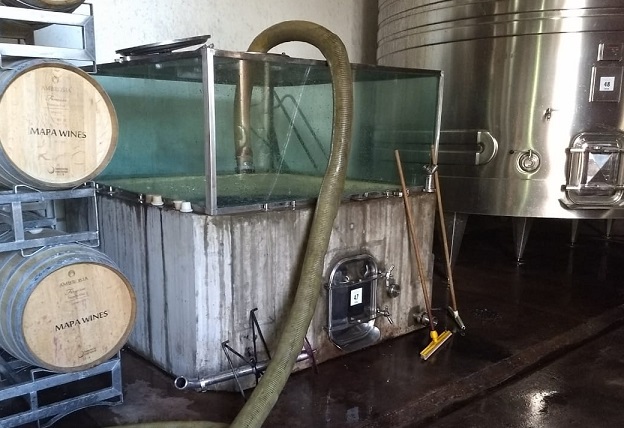
In this vat we added the samples of grapes that were fermented during the harvest in the field, to start the fermentation. No selected yeasts were used.
From the start of the fermentation process, we kept the cap moist to avoid oxidation. When the fermentation process began, we regulated the temperature to 28-30°C. We gently turned the cap three times a day for five minutes to ensure it remained moist and in contact with the must.
After the fermentation, we left the wine for a few days in contact with the sediment; a percentage was then pumped into used barrels (casks from 2009 or 2010), where it rested for seven months.
Fractionation was done without the addition of clarifiers and without filtration. We only cold decanted a few days before that date."
Desquiciado
The name Desquiciado – which means “unhinged, deranged, crazy, mad” in Spanish – was chosen to convey the madness behind producing a bottle of wine. Winemaker Gonzalo Tamagnini and sales and marketing manager Martín Sesto met while working for TintoNegro’s Alejandro Sejanovich and Jeff Mausbach, and decided to pursue their own dream in 2015.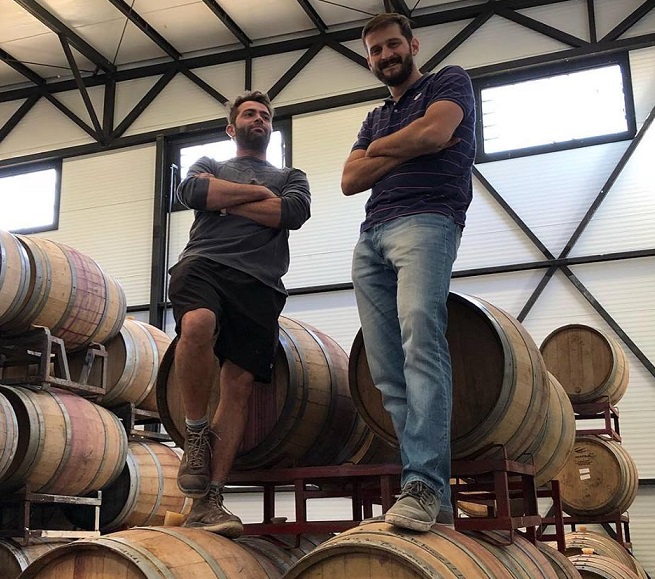
The making of our Malbecs
“In Mendoza, there are many styles of Malbecs from different regions, but we consider Gualtallary to be a premium wine-producing zone, and, of course, we are in love with what we find there.We always try to show Gualtallary’s terroir. Gualtallary gives savage notes in the nose and in the mouth.
This is the reason we have wild animals on our labels. We connect our animal instincts with the vineyards and we want to scream it and communicate these feelings to every consumer of wine in the universe.
The vineyard was planted 10 years ago by organic producer Jean Bousquet, who makes wine in France and Argentina. We’re always learning from him. He’s an inspiration and a great friend.
When we started, he helped us with his knowledge. We also have three friends who have helped us from the beginning. They are Alejandro Sejanovich, Jeff Mausbach and Jorge Crotta, owners of a great project called Bodega Teho. They opened the doors of their winery to give us the opportunity to start our first wines and they supported us financially because all we had was grapes.
'We are really conscious about the ideal timing of the harvest, as we want to have more fruit on the nose'We are really conscious about the ideal timing of the harvest, as we want to have more fruit on the nose and plenty of natural acidity to make the wines very easy to drink.
At the moment, we have two Malbecs. Desquiciado Malbec 2018 is a co-fermentation with 85% Malbec, 8% Cabernet Franc and 7% Pinot Noir. This method was chosen because we think that co-fermentations help all the varietals to express themselves better. The characteristic of one variety makes the others explode in the best possible way.
Once the fermentation ends, we put half of the wine in third- and fourth-fill French oak barrels for eight or nine months, depending on the vintage and the concentration of the fermentation. The other half goes into a stainless steel tank. Then we blend them. The idea is to give to the final wine structure with the ageing in barrels but keep the fruit expression of the varietal with the part from the steel tank.
'We select the Malbec from the borders of the vineyard to get more structure and concentration'With our other Malbec, the Desquiciado Salvaje Malbec 2016, we try to show the terroir. This wine is a selection of the best micro-vinifications with co-fermentations of Malbec and Cabernet Franc. The final percentage is 85% Malbec and 15% Cabernet Franc. We select the Malbec from the borders of the vineyard to get more structure and concentration. Once the fermentation finishes, we send all the wine to second-use French oak barrels for 22 months. Despite this ageing time, this Malbec tastes really fresh, with a great fruit expression in the nose, a smooth passage through the mouth, and a long finish.
We always say that wine is a one-way highway: once you’re on it, there’s no way to go back. We have found, in our wines and in our project, a great passion that we don’t want to end. That’s the reason we want to continue making wine forever and discover different zones and other varietals.”
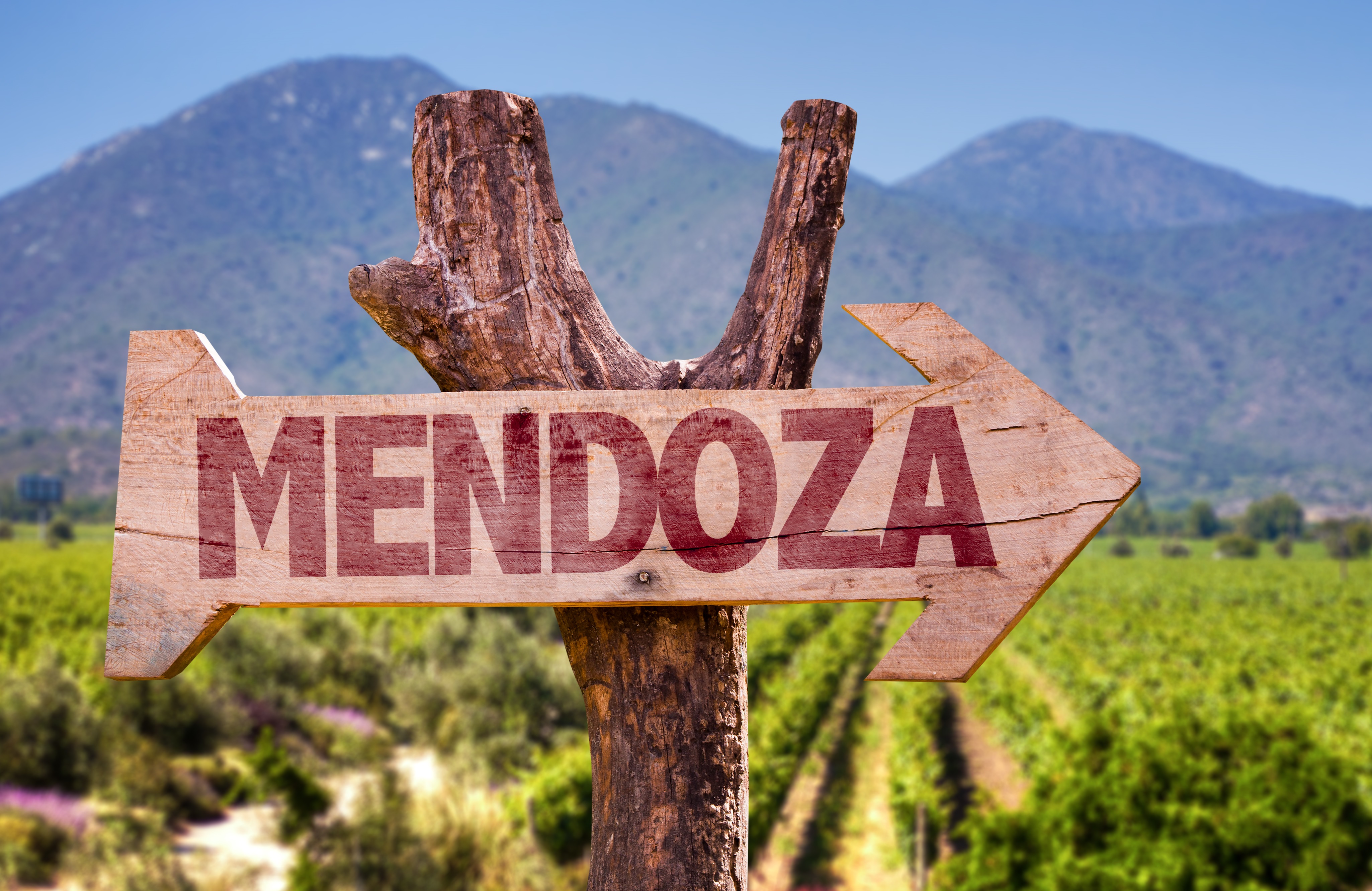


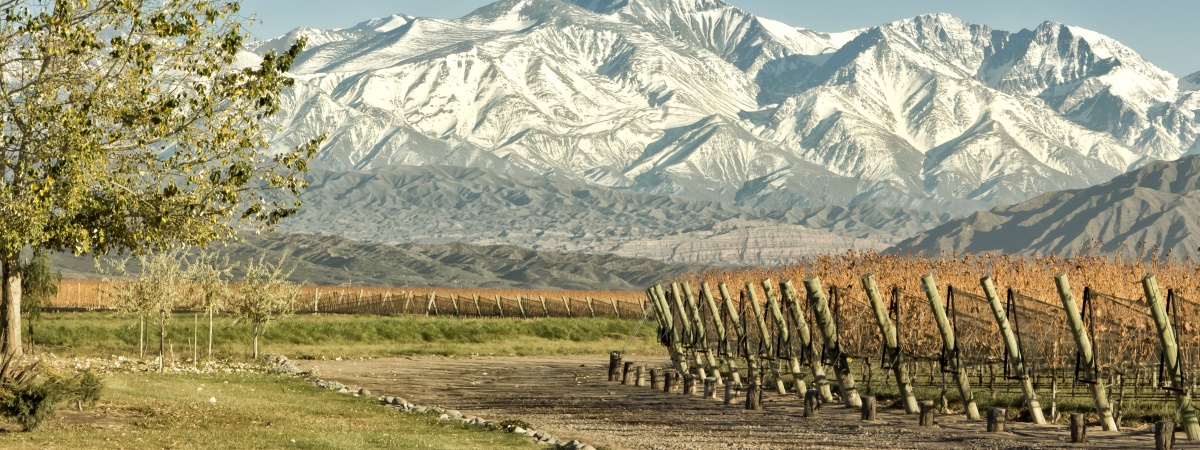










.png)






